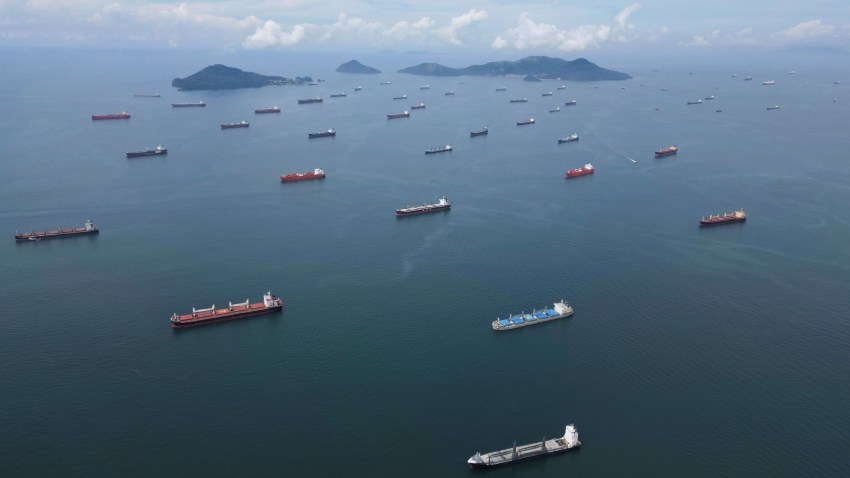In mid-August, a satellite image taken by NASA revealed a striking accumulation of ships on the Pacific side of the Panama Canal. The vessels, which in the photo appear as colorful rectangles against a vast blue backdrop, in actuality signal a growing crisis demanding immediate attention. Panama, renowned for its abundant rainfall and in the midst of its rainy season, is experiencing one of its driest periods on record.
As a result of the lack of rainfall, the Panama Canal—a marvel of engineering and a vital conduit for global maritime trade—is facing severe challenges. The canal’s locks, which are reliant on freshwater, are operating at alarmingly low water levels. As the NASA photo highlighted, the drought has led to a sharp increase in ships awaiting passage through the canal, with the implications extending beyond Panama’s borders to affect international trade and global supply chains.
Normally, during this time of year, the lakes that supply water to the canal’s locks should be seeing their water levels rise. However, the spring and summer rains in Panama have been among the lowest in decades, according to Jon Davis, a climate expert at Everstream Analytics. According to statistics from the Panama Canal Authority and the Smithsonian Tropical Research Institute, the area surrounding the canal is currently witnessing one of the two driest years in Panama’s 143-year recorded climate history. Rainfall measurements indicate a precipitation deficit ranging from 30-50 percent below normal.

